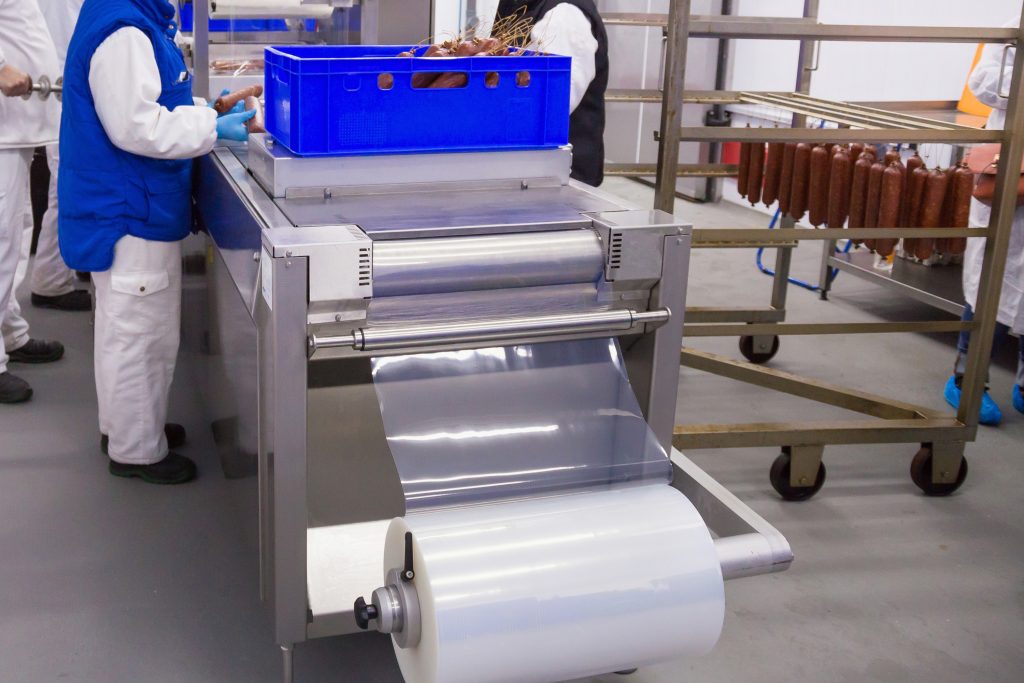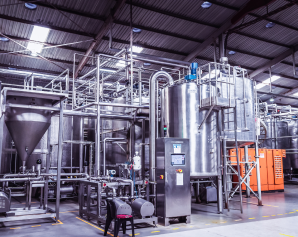
Ep 8: Validation & Verification in Quality & Safety Certification Programs
Ep 8: Validation & Verification in Quality & Safety Certification Programs
You are watching our video series on validation and verification, and in this video we are going to focus on the Quality Management System and GFSI requirements for performing these functions.
ISO is a quality management system audit applicable for any organization and can be applied to most products and services across industries. GFSI is the Global Food Safety Initiative, an international organization that publishes requirements for food safety programs to adopt when those safety programs want to be benchmarked to GFSI.
ISO quality management requirements and GFSI programs operate on many similar programs, and all programs have a requirement to perform validation and verification for the program as part of yearly activities. Even if you do not currently run an ISO QMS program or a GFSI program at your facility, or if you are considering what it means to have a high level safety and quality program that follows the highest standards for validation and verification activities in your facility, hopefully you will still find this video to be valuable.
Validation and Verification Assessments in GFSI Programs
Validation and verification is classified as mandatory only in one type of QMS or GFSI program, but should be treated as a requirement for each of the programs we are going to review, and critical as part of a fully functioning QMS or GFSI program. Where an organization undergoes auditing for a quality management system or GFSI food safety and quality scheme, validation and verification assessments must be scheduled, documented and conducted by trained and knowledgeable persons.
Any assessments of validation and verification actions must include corrective actions for all non-conforming findings each time these assessments are performed. Additionally, if an auditor finds evidence of invalidation through process failures during audit, or excessive numbers of non-conformance actions during the certification audit, it may call into question the effectiveness of validation actions, the validation assessment or verification records proving valid conditions.
ISO Validation and Verification
For ISO, Internal audit requirements are found in section 8.3.4 addressing design and development controls during operations. Validation and verification actions are not proscribed in the standard, except for a statement clarifying that validation and verification are not that same a process review. What is meant by this statement is that the quality team needs to formally review QMS processes and records, and during that review or during a separate event, validation and verification scheduling, validation assessment reports and record review based on the validation report are required.
Validation and verification are also required in communication with external providers, if used as part of the system. It is the recommendation of Kellerman Consulting that a review of validation and verification activities be performed at least annually, and that results are communicated with Top management following these events as part of the section 9 review activities. Lastly, confirmation of validation and verification review for the QMS and for external providers, along with a statement of review for post operational actions and feedback should be included in any ISO internal audit.
SQF Validation and Verification Requirements
SQF is the only program that designates validation and verification activities for the entire program as mandatory, and these mandatory requirements are found in the SQF Edition 9 System Elements portion of the SQF Safety Code manual in section 2.5.1 and 2.5.2. Validation of the system effectiveness for the entire program must be performed and overseen by the SQF Practitioner at least annually. Internal auditing is a crucial part of the verification assessment, and is generally presented as part of program verification.
Validation should be broken up into sections and should include all parts of the SQF system, with status reports created and reviewed for each area of the program. Validation and verification review by a HACCP team leader or PCQI are required as part of all regulatory compliance and so this may be called out apart from all other validation and verification assessments within the SQF program.
The SQF practitioner may perform validation and verification assessments, or may delegate those actions to others properly trained in these concepts. In all cases, the practitioner is responsible to approve validation and verification reviews, and for all corrective actions resulting from those reviews, including the internal audit.
BRCGS Validation and Verification Requirements
For BRCGS programs requirements found in Issue 9, validation and verification are not stated as requirements for the entire program, and are called out specifically, for the HACCP plan in section 2, CIP cleaning in section 4.3 and 5.6.3 for shelf life of products. Of these, only validation requirements in section 2 is a starred fundamental, as it is the required validation for HACCP plans in the facility, which is also a regulatory requirement for FSIS and FDA facilities in the US.
However, it is the recommendation of Kellerman Consulting that validation statements are in place for all critical safety and quality equipment, and that assessments of validation and verification activities be treated as a requirement as part of Senior Management review. Auditors in BRCGS audits will expect that the facility is capable of demonstrating that the safety and quality program is validated, and that monitoring records match valid conditions.
The leader of a BRC program may delegate the audit responsibilities of performing the audits to others, but final assessment of audits are going to fall on them and must include a demonstration of expertise and knowledge both how the audits are performed and oversight of all corrective actions.
FSSC 22000 Validation and Verification Requirements
For FSSC 22000 programs, the requirements for validation and verification of the FSSC 22000 program are found in section 8 ISO 22000 Food Safety Management System manual. For this program, validation and verification are split between two separate clauses, but the principles are basically the same as SQF and BRCGS requirements. Validation of the monitoring and measuring devices are required in clause 8.5.3, and this should match the actions we described as part of the efforts to validate critical equipment in episode 5, and metal detectors and x-rays in episode 7 if those are present in the facility.
Verification actions are required in clause 8.8, and these activities should all be tied to monitoring records for prerequisite programs and operational prerequisite programs within the ISO 22000 system.
Internal auditing as required in section 9 of the program remains the master verification action, and should be considered the last step in verification activities. All verification and validation activities must be presented to Top management as well as corrective actions for all findings are performed in a reasonable amount of time and are effective.
Lastly, communication of the changes to validation assessment results, or verification monitoring actions should be included in any ISO 22000 program.
PrimusGFS Validation and Verification Requirements
For PrimusGFS, section 1.01.05 in the Food Safety Management System Module 1 requires a verification schedule for monitoring activities and includes a reference to validation in that clause. Additionally, validation of all corrective actions is required in clause 1.03.03.
In the GMP modules, and here we are referring to modules 2 through 5 of the PrimusGFS program, validation of pest control chemicals, reentry intervals following pesticide sprays, water management and fertilizer applications must be complete and ready to present to auditors.
HACCP and preventive controls validation for critical equipment required by PrimusGFS are compliant with FDA and USDA agricultural standards and are found in Module 6 clause 6.02.05 and Module 7 clause 7.02.04 respectively. The validation process we reviewed in this series would be to a standard that meets PrimusGFS standards when completed.
Kellerman Consulting videos do not directly address the QMS and GFSI clauses for validation and verification, but if these practices are adopted, they will meet or exceed certification standards.
Free Validation & Verification Assessment Log Download
If you would like to discuss having Kellerman Consulting write and implement your food safety and quality management system program, contact us for a free consultation.
Validation & Verification Resources







